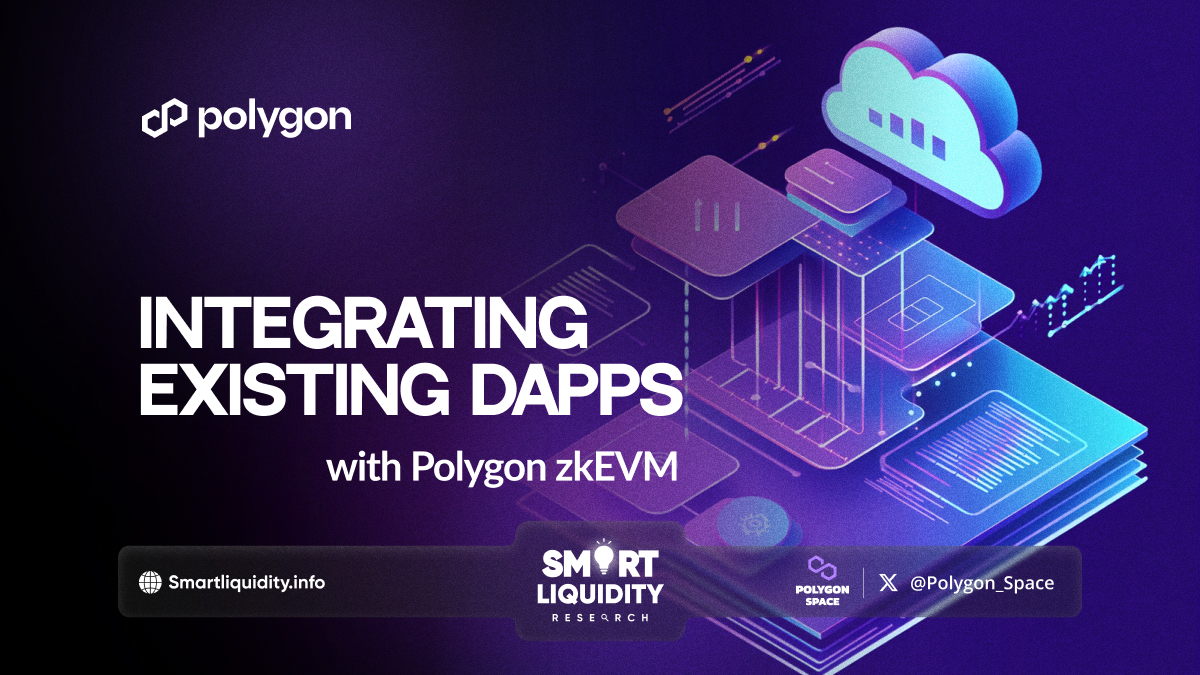Integrating Existing dApps with Polygon zkEVM


As the blockchain ecosystem evolves, developers continually seek efficient solutions to enhance their decentralized applications (dApps). One promising technology is Polygon zkEVM, a layer-2 scaling solution that utilizes zero-knowledge proofs to offer high throughput and low fees. Integrating existing dApps with Polygon zkEVM can significantly improve performance while maintaining Ethereum’s security.
Firstly, developers should assess the compatibility of their dApps with Polygon zkEVM. Notably, the transition involves updating smart contracts to leverage zkEVM’s unique features. For instance, existing Solidity code can often be adapted with minimal changes, ensuring a smoother migration process. Additionally, developers can benefit from Polygon’s robust documentation and community support during this phase.
Moreover, the performance enhancements provided by zkEVM are compelling. By reducing transaction costs and increasing speed, dApps can serve a broader user base. Consequently, this leads to higher engagement and improved user experiences. Furthermore, zkEVM’s privacy features allow for confidential transactions, addressing concerns that many users have regarding data security.
To initiate integration, developers should start by deploying their dApps on the Polygon testnet. This step allows them to identify potential issues and optimize their applications before going live. Subsequently, once testing is complete, they can launch on the mainnet, reaping the benefits of reduced congestion and enhanced scalability.
In conclusion, integrating existing dApps with Polygon zkEVM presents a valuable opportunity for developers. By taking advantage of this innovative technology, they can not only improve performance but also ensure their dApps remain competitive in a rapidly evolving landscape. Therefore, exploring this integration should be a priority for any developer aiming to elevate their dApp’s capabilities.
REQUEST AN ARTICLE




